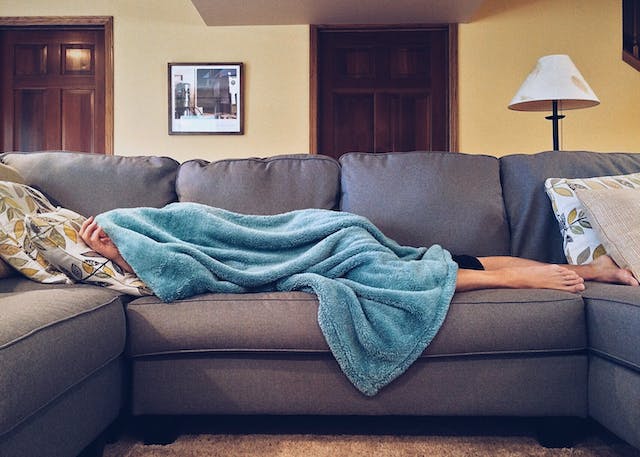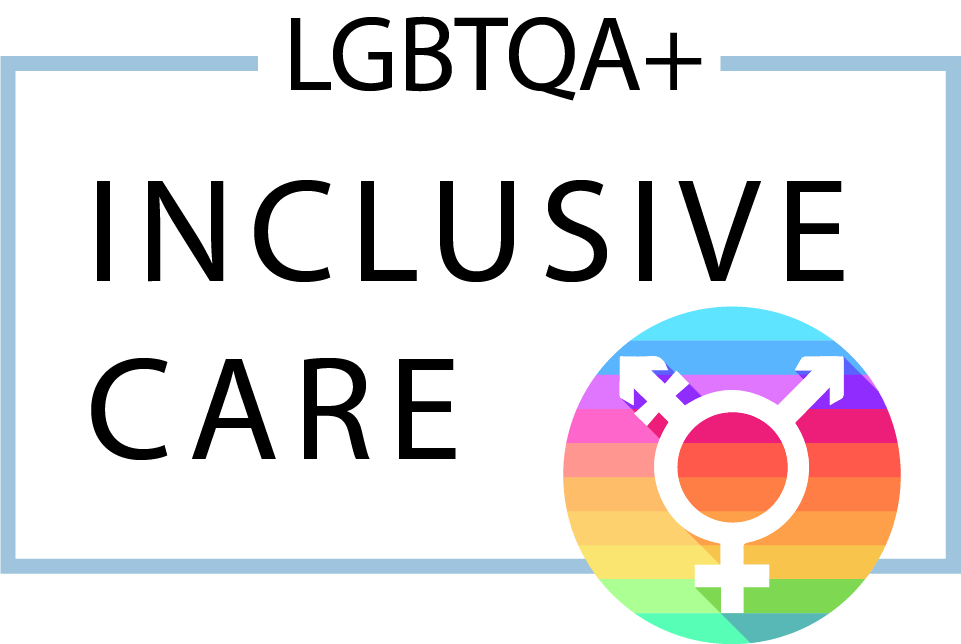Battling insomnia can be quite the challenge. Sleep is so important for the body’s recovery and restoration process, as well as keeping you sharp mentally for whatever your day throws at you.
Luckily, there are options for treatment that can assist you with taking back your quality sleep. One evidence-based technique is CBT-I, or cognitive behavioral therapy for insomnia.
What is CBT-I?
CBT-I has a multi focus. It addresses both routines and conducive environments for quality sleep. Treatment will target napping habits, use of electronic devices prior to sleep, or other behaviors that may disturb sleep patterns.
The goal will be to replace those habits with more effective ones to create better sleep hygiene. You’ll be guided to reduce screen time or form a more consistent sleep schedule regardless of what day it is or what you have going on.
CBT-I will also address any anxiety about sleep or negative thought patterns about sleep. When you’re struggling with insomnia, it’s not uncommon to form negative beliefs about sleep.
Is CBT-I Effective?
Use of CBT-I has shown effectiveness for 70-80% of patients dealing with insomnia. Furthermore, the results experienced after treatment are able to be maintained over time.
Those who are at a higher risk for insomnia, such as pregnant women, PTSD sufferers, or cancer patients, also have had positive results. CBT-I may be more effective than traditional medication for some patients.
How Does CBT-I Work?
CBT-I looks at how your thoughts, behaviors, and actual sleep patterns tie together. With a professional, you’ll explore which of these may be contributing to your insomnia and how.
Any misconceptions you have will be replaced with more appropriate and accurate thoughts and feelings. Behaviors will be modified to promote more restful sleep.
The treatment generally takes six to eight sessions depending on the severity of the insomnia. It’s an individualized approach so your needs will be accounted for. These sessions can include multiple components like cognitive, behavioral, and educational.

Cognitive Restructuring
With insomnia comes dysfunctional thinking, which could alter sleep making it more difficult, further reinforcing the original dysfunctional thinking. Difficulty sleeping creates this worry about being able to sleep. That worry then disrupts your ability to fall asleep. The cycle continues nightly.
Cognitive restructuring aims to break the cycle by identifying those thoughts and challenging them. Homework is often an important component during this exercise.
Stimulus Control
Your bedroom, or sleeping environment is very important with your sleeping routine. Many with insomnia feel a sense of dread tied to their bedroom or associate it with eating or watching television. Have you ever had a sick day where you stayed in bed all day, watching television and scrolling on your phone? Habits like this can trick your brain into having unhealthy associations with your bedroom.
Stimulus control works to reclaim your bedroom as a sanctuary for rest, relaxation, and sleep. With this intervention, when you’re having difficulty sleeping, you should get up and only return to bed when you’re tired. The bed is only to be used for sleeping (or intimate times if applicable).
Sleep Restriction
When you experience insomnia, you probably spend more time lying awake than is ideal. With sleep restriction, you are limiting the time spent in bed to increase mind/body motivation to sleep.
Your total time sleeping is calculated, discarding how much time you are spending in bed awake. The amount of time you can spend in bed is to be set at the total amount of time you sleep plus 30 minutes.
Once you reach the point where you’re spending majority of the time sleeping, you can then adjust your time higher.
Relaxation Training
With the world being overstimulating and technology making it easy to always be “on,” relaxation techniques can be important with treatment. You’ll trial breathing exercises, progressive muscle relaxation, autogenic training, meditation, or possibly hypnosis.
Education
Education on the importance of good sleep habits is a main piece of the puzzle to encourage sleep. You can do this with changes to your diet, exercise routine, and physical environment.
If you’re struggling with insomnia and are interested in learning more about CBT-I, contact us today.





